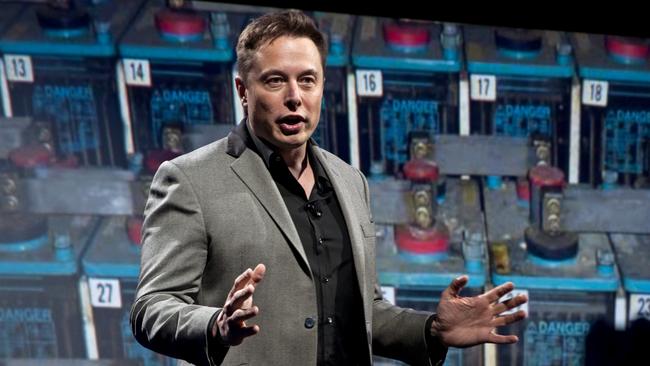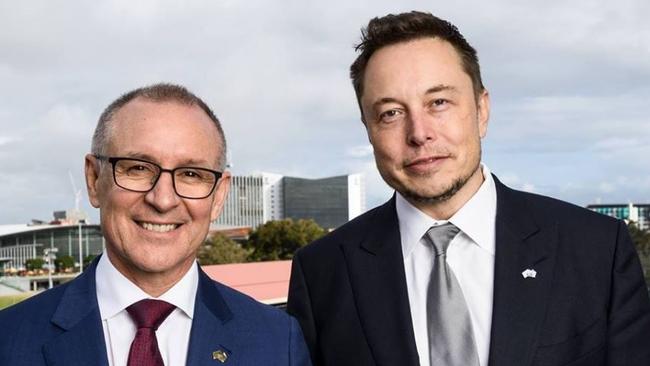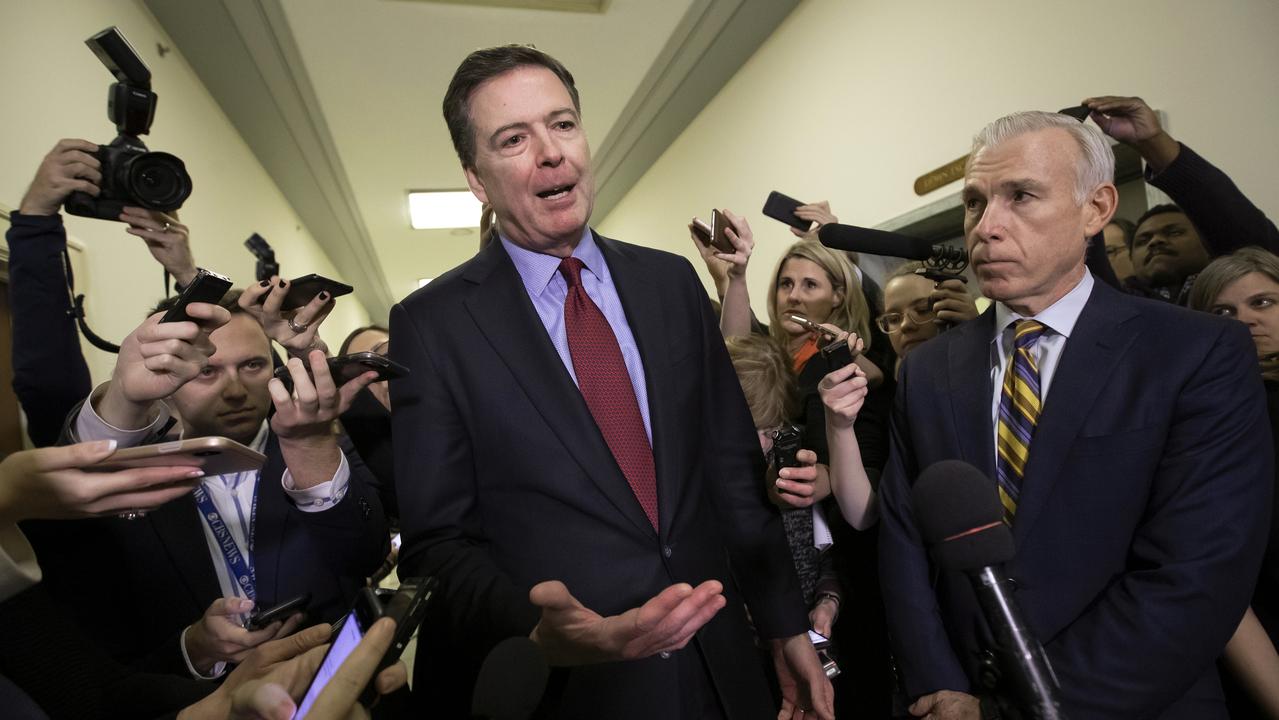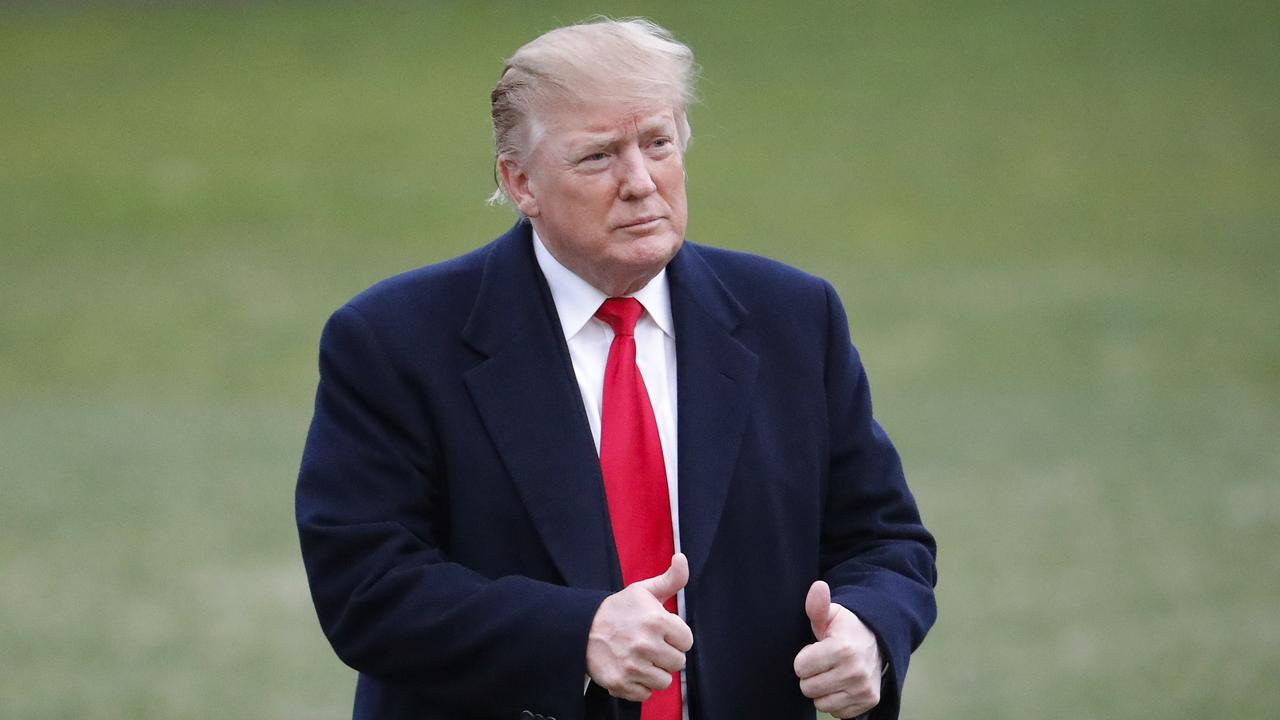
Before jetting in to Adelaide to offer a battery solution for long-suffering electricity users, tech billionaire Elon Musk was seen taking in the west coast summer at a Malibu beach party with his film star friends Leonardo DiCaprio and Orlando Bloom.
According to reports from the pre-July 4 extravaganza, a DJ spun records on top of an American flag as “chill bohemian girls” danced among the crowd of mostly 22-year-olds who were drinking shots and “vaping”.
While everyone else was suitably relaxed, Musk was wearing a business suit. No doubt the audacious entrepreneur had plenty of party talk to offer about his deadly serious ambitions to populate Mars. Whether he made mention of his pending trip to South Australia to help save the bacon of Premier Jay Weatherill was not disclosed in dispatches from the Malibu beachfront.
It has been a busy time for Musk. He has pulled off a daring corporate restructure to merge his electric car business, Tesla, with his household solar enterprise, SolarCity. The first of Tesla’s much-anticipated mass-market electric vehicles, Model 3, has finally rolled off the production line. And his sci-fi-like plans to make humans a planetary species via his company SpaceX are reaching critical mass.
These developments have taken place against a background of disbelief among many market analysts; in fact, some believe Musk’s corporate empire has foundations of sand. As evidence they cite the fact it was built on the back of billions of dollars in government grants, aid and subsidies.
Whether he is seen as super salesman or a rent-seeker, there is no doubt the 46-year-old has turbocharged his initial fortune — from the $US1.5 billion sale of PayPal to eBay in 2002 — with generous state subsidies.
Now he has turned his attention to Australia. Doubts such as these followed the billionaire to Adelaide where last week he promised to build the “world’s biggest battery” to stabilise the state’s electricity grid. The idea is that the battery will pick up the shortfall from wind farms when the wind drops for any length of time.
“If South Australia is willing to take a big risk, then so are we,” the Tesla chief executive said.
But perhaps the biggest risk in relation to the 129MWh lithium-ion battery is the risk to the hip pocket of a financially ailing state.
A thorough lack of transparency has accompanied the deal, with the full cost of the project, as well as any contribution from the state Labor government, undisclosed.
The battery, to be linked to the Hornsdale wind farm near Jamestown, 200km north of Adelaide, and developed as a co-venture between Tesla and French wind-farm developer Neoen, is far too small to cover the vast amounts of electricity that go missing from wind turbines when the wind stops blowing.
But it will be useful in immediately responding to peaks in demand or sudden drops in supply. The hope is that having the battery available will reduce price spikes in the wholesale market, where gas generators have been making a killing.
So far, the South Australian project has been a publicity bonanza for Tesla and Musk. If it works, the utility-scale battery will provide the company with a gold-plated calling card to offer similar projects around the world where the intermittency of renewable energy systems has become an issue in need of a solution.

While keen to emphasise the performance incentive in the deal — “100 days or it’s free” — little is known about the ultimate exposure of SA taxpayers should it be a success. The fact Tesla has benefited from billions of dollars in government support in the US is not disputed, but it remains a source of enormous irritation for Musk, who seems to operate on a different plane.
In May, he told analysts the notion that his company has survived because of government subsidies and tax credits “drives me crazy”.
To appreciate the mind-bending dimensions of his ambitions it is instructive to climb aboard his mission to Mars. Musk has set a goal to fly one million people to the red planet as a sort of “backup drive” for Earth at a cost of $US100,000 to $US200,000 a person. His “plans” were spelled out in a presentation last September and formalised in a paper published in the academic journal New Space in June.
Musk’s Battlestar Galactica vision involves upwards of 1000 spaceships waiting in orbit, ready to depart every two years when the window for a successful Mars track opens.
He anticipates a 40 to 100-year timeline to achieve a fully self-sustaining civilisation on Mars. Musk says all his wealth accumulation is geared toward this objective. Not surprisingly, he considers the venture will be a “public-private” partnership. “I think that’s how the United States was established, and many other countries around the world — (as) a public-private partnership,” he says.
As the universe shrinks and space miles disappear behind him there will be a blazing trail of taxpayer subsidies that Musk seems to think are, quite frankly, too rude to mention. Except they’re not.
Criticisms of a rent-seeking approach have dogged him since the Los Angeles Times reported in 2015 that Musk’s companies had received an estimated $US4.9 billion in government subsidies and incentives. The figure included government grants, tax breaks, factory construction, discounted loans, environmental credits that Tesla could sell, and tax credits and rebates to buyers of solar panels and electric cars.
For instance, Musk’s SolarCity is the largest provider of residential solar panels in the US. A tax credit allows homeowners and businesses to deduct a portion of installation until 2021.
The US tax code also allows buyers of an electric car to deduct $US7500 from federal taxes if the carmaker sells fewer than 200,000 vehicles. With Tesla about to begin mass production and exceed 200,000 units, Musk is asking for the tax credit to be scrapped as unfair.
The LA Times article predicted the payoff for the public would take the form of significant pollution reductions, but only if solar panels and electric cars broke through as viable mass-market products. At that time both were considered niche products for mostly well-heeled customers. Nevada agreed to provide Tesla with $US1.3bn in incentives to help build a massive battery factory near Reno.
Tesla Motors had by 2015 collected more than $US517 million from competing carmakers by selling environmental credits.
The LA Times article also laid out the hardball tactics used by Musk’s companies to win government backing for the solar panel and battery manufacturing plants. Critics claimed there was overemphasis on the assumed economic benefits used to justify the government support.
The 2015 story was written as Musk was about to embark on his new frontier: energy storage. “On a concert-like stage, backed by pulsating music, Musk declared that the batteries would some day render the world’s energy grid obsolete,” the LA Times reported.
“We are talking about trying to change the fundamental energy infrastructure of the world,” Musk was quoted as saying. Two years on, the Model 3 car, Tesla Powerwall home storage and the utility-scale battery project in SA are physical expressions of how far Musk’s ambitions have grown. There are suggestions that the world’s biggest battery may be the start of a deeper relationship between Tesla and the state that potentially may extend to domestic battery production.
Nothing has been disclosed publicly and the relationship with Weatherill remains opaque.
Musk responded to the original LA Times article by saying: “If I cared about subsidies, I would have entered the oil and gas industry. What is remarkable about my companies is that they have been successful despite having such a tiny incentive from the government relative to our competitors.”
Tesla, Musk said, was competing with a mature car industry that had seen massive federal bailouts for General Motors and Chrysler. “Tesla and Ford are the only American auto companies not to have gone bankrupt,” he told the LA Times. Musk said he believed his companies would be successful even without government support: it would just take longer to get there.
As Tesla prepares to roll out mass production of its $US35,000 ($45,000) “breakthrough” Model 3 vehicle, that is being put to the test. The Wall Street Journal reported this week that sales of Tesla cars in Hong Kong crashed to zero in April after authorities removed a lucrative tax break, thereby increasing the cost of vehicles from $US75,000 to $US130,000.
Analysts said the response demonstrated how sensitive Tesla’s performance can be to government incentive programs. The company expects a rebound and says, “At the end of the day, when people love something they buy it.” But Tesla’s share price dropped sharply after it released figures showing 22,000 cars were sold worldwide in the second quarter of this year, higher than the previous corresponding period but short of analysts’ expectations.
Tesla has warned previously in formal filings that changes in government programs could “have some impact on demand for our products and services”. When Denmark’s electric vehicle incentive program expired last year, new car registrations for electric vehicles of all brands fell 70 per cent. Tesla’s car sales in Denmark dropped by 94 per cent.
It remains to be seen whether the favourable treatment for Musk’s businesses will continue under Donald Trump. Solar subsidies are already being wound back and after a brief honeymoon, relations between Trump and Musk appear to have soured. When the US President withdrew his nation from the Paris climate change agreement, Musk promptly quit the White House advisory councils on which he served.
Tesla also faces a new level of competition from existing carmakers. On July 5, Volvo announced it would become the first major car manufacturer to go all electric, with the Swedish company saying that every new car in its range would have an electric power train available from 2019.
The company said the announcement marked “the historic end” of cars solely powered by petrol or diesel and “places electrification at the core of its future business”. Volvo will launch five fully electric cars across its range between 2019 and 2021.
Other leading carmakers are heading in the same direction. Toyota is developing next-generation models with low or zero CO2 emissions. Volkswagen aims to sell one million pure electric cars a year by 2025 and Nissan currently offers two 100 per cent electric vehicles, including the bestselling such vehicle in Britain. The financial markets are watching closely.
After surging towards $US400 a share this year — making it worth more than both Ford and General Motors — Tesla’s share price has slipped 18 per cent just as production of its Model 3 vehicle has begun. For perspective, Tesla lost $US773m last year, an improvement compared with the $US888.6m it lost in 2015. General Motors, in stark contrast, turned a $US9.4bn profit in 2016. GM sold 10 million vehicles worldwide last year — or more than 130 times Tesla’s 76,230 vehicles for the year.
Financial analysts remain split over whether Tesla is the next Apple or a debt-laden colossus on the permanent brink of collapse.
The bullish view is built on Tesla establishing complete dominance in car sales, with some even mentioning 65 per cent of the US market. This view is popular in Silicon Valley — but cars are not computers, and that sort of disruption and dominance is highly unlikely.
Morgan Stanley analyst Adam Jonas is a Tesla supporter but has called out the over-enthusiastic predictions.
“In recent months, as Tesla gets closer to launching the Model 3, we increasingly hear the view that Tesla may soon reach a near monopolistic position in (electric vehicles) and that it could flood the market with very high volumes of its vehicles (even millions per year by early or middle of next decade),” Jonas says.
“While we are respectful of the ability for a new entrant to disrupt a 100-year-old industry, we only point out that the political sensitivity around a nation’s automobile industry far exceeds that of, say … its mobile phone industry,” he adds.
For electric vehicles and storage, the moment of truth is not far away. The Model 3 may or may not become the automotive equivalent of the iPhone. Batteries will prove their worth in new era power systems or they will be outgunned by new technologies, or succumb to limitations of cost, reliability and capacity that have held them back for a century.
But Mars? That’s a vision that will truly outlive even Musk. It’s a sure bet the man who made his money on PayPal and grew it on the environmental crisis of climate change will always have a lazy $200,000 to purchase a one-way ticket to populate the universe.
Ironically, he would be heading for a planet where the atmosphere is almost totally made up of carbon dioxide. Musk has already said the challenge on the red planet will be to heat things up.




To join the conversation, please log in. Don't have an account? Register
Join the conversation, you are commenting as Logout